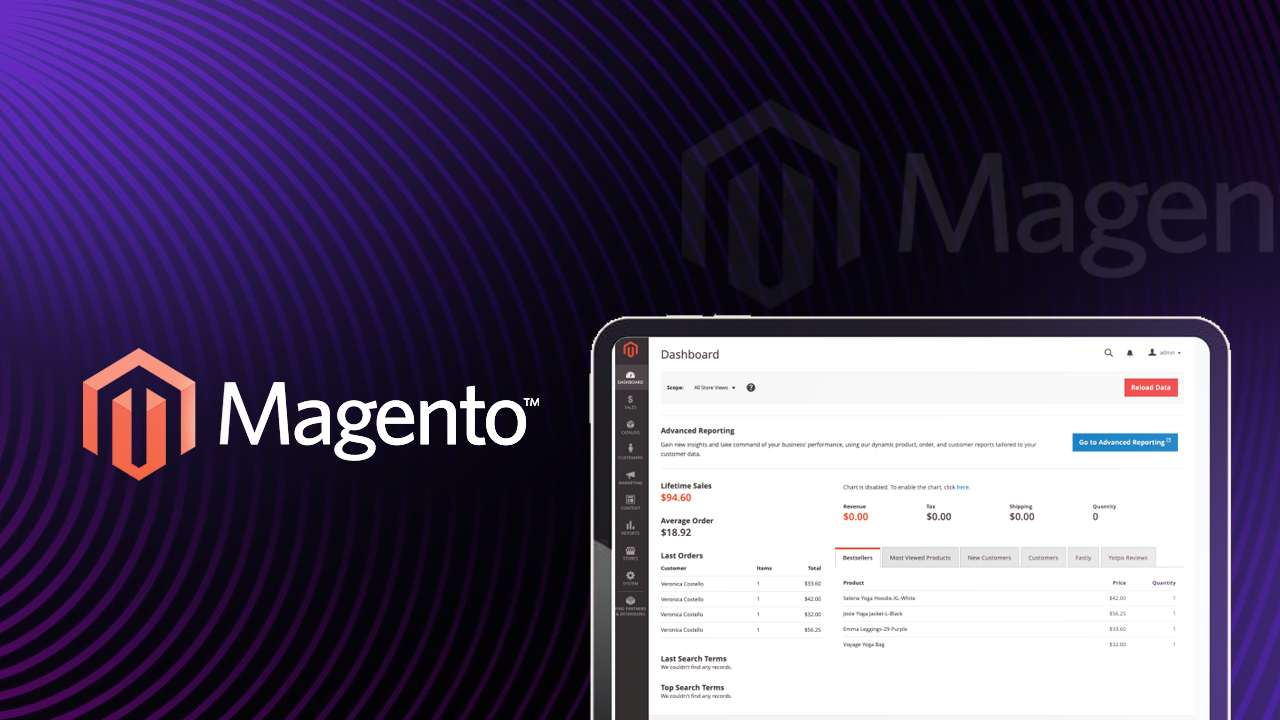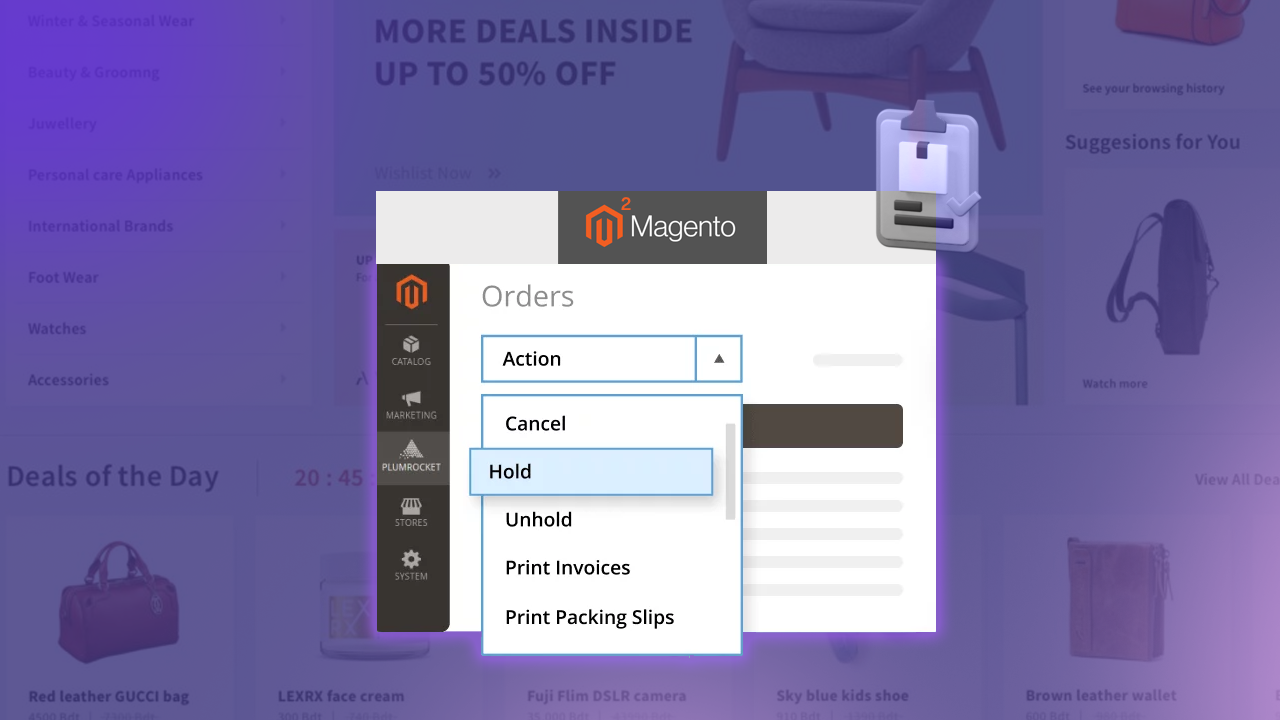Codeless test automation is a software testing approach that enables testers to create and execute automated tests without the need to write any code. It is achieved by utilizing visual programming tools and drag-and-drop interfaces to record and playback user actions.
Test automation has always been the go-to solution for achieving efficient and effective testing, but traditionally, it came with a steep learning curve and the need for coding expertise.
Enter “Codeless Test Automation,” a game-changing approach that promises to redefine the way we perform automated testing without extensive coding skills.
ON THIS PAGE
Codeless Test Automation Tools
The core idea behind Codeless Test Automation is to make test automation accessible to everyone. This approach empowers a broader range of team members, such as manual testers, business analysts, and domain experts, to actively contribute to the testing process without writing extensive lines of code.
Several codeless test automation tools are available in the market, each with unique features and capabilities. Some popular codeless test automation tools include:
Selenium IDE
Selenium IDE offers a user-friendly interface for recording and playing back test scenarios, and it is an extension of the Selenium WebDriver. It’s a great choice for those already familiar with Selenium.
Katalon Studio
Katalon Studio is a suite of automated testing tools for web and mobile applications. It includes a complete package of powerful tools that solve common problems when automating UI tests such as pop-up, iFrame, and wait time.
This tool is used in traditional automation, but the record and playback functionalities and drag-and-drop commands allow it to be considered a codeless automation tool.
TestProject
TestProject is a cloud-based platform that offers a user-friendly interface for building and running automated tests. It also supports test maintenance and collaboration.
Applitools
Applitools is known for its visual testing capabilities, allowing testers to identify visual discrepancies in applications with ease.
mabl
mabl uses machine learning to create and maintain automated tests, making it a powerful tool for regression testing and continuous integration.
TestingWhiz
TestingWhiz is a no-code test automation tool for automation testing of web, mobile, database, API, cloud, and desktop applications. It can perform end-to-end testing such as functional, regression, database, big data, web UI, and cross-browser testing for web, mobile, and cloud applications.
AccelQ
AccelQ is a no-code test automation cloud platform that fully automates API and web testing, enabling continuous testing for enterprises. This continuous testing automation platform includes CI/CD with integrations to Jira, AzureDevOps, Jenkins, etc.
Perfecto
Perfecto provides a reliable testing suit. Its functions include bug detection in testing and filtering out false negatives. The Perfect Codeless feature allows you to develop test cases without writing scripts.
Automated testing is performed using a built-in web user interface that allows you to create test scripts that are easy to develop and use without code.
TestCraft
TestCraft is a no-code Selenium test automation framework. AI technology and unique visual modeling make creating and running tests faster. Testers create fully automated test scripts without coding. This tool will reduce maintenance costs as scripts are automatically adjusted to change.
Recommended Read: 15 Best Ecommerce Testing Tools & Techniques
Choosing a Codeless Test Automation Tool
When choosing a codeless test automation tool, it is important to consider the following factors:
- Ease of use: The tool should be easy to use for testers of all skill levels.
- Features: The tool should provide the features necessary for automating the types of tests being performed.
- Scalability: The tool should meet the requirements of growing teams and projects.
- Integration: The tool should be able to integrate with existing QA tools and processes.
Initiating the Process of Implementing Codeless Test Automation in Ecommerce
No-code test automation in ecommerce is a strategic move to optimize the testing process and elevate the quality of your online store’s user experience. However, what key considerations should you consider, and what pitfalls should you avoid?
Here are crucial steps to ensure a smooth and successful journey in no-code test automation:
Clearly Define Testing Goals
Begin by outlining your testing objectives, processes, and priorities. Identify the essential ecommerce user journeys to test, enabling effective allocation of resources and skills for automation.
Determine the Right Automation Focus
Recognize that different parts of the testing process may require varying levels of automation. Assess which aspects, whether test planning, execution, or results reporting, are vital for effective automation.
Choose Your Automation Tool Wisely
Select a no-code test automation tool that aligns with your business requirements and overall test strategy. Look for user-friendly codeless tools with features that match your priorities.
Prioritize Real User Experience Testing
Ensure your chosen tool minimizes human intervention in testing the real user experience in ecommerce. Validate how users navigate your store, covering functional and visual aspects both inside and outside the browser.
Emphasize Maintainability
Opt for tools with Visual UI workflows to simplify adjustments and scalability. While many claim to be “codeless,” it’s often only the test script creation that is automated, necessitating code interaction for modifications.
Incorporate Intelligent Capabilities & AI
Look for tools with AI and machine learning capabilities to enhance automation. These technologies differentiate between expected changes and actual UI/UX issues, improving issue classification, reporting accuracy, and reducing manual intervention.
Define Test Execution Frequency
Assess the frequency at which critical user journeys require testing, aligning with your online store’s update cycle. Address changes like updating product catalogs, modifying content, adjusting code, enhancing the UI, and configuring the platform.
Support Integrations for Efficiency
Choose a no-code test automation tool that seamlessly integrates into existing workflows. Seek features supporting alerting, escalations, and integration with issue-tracking systems like JIRA for efficient bug tracking and resolution.
Read Also: Ecommerce Performance Testing
Benefits of Codeless Automation Testing
Accessibility and Ease of Use
Codeless test automation makes it accessible for non-technical testers to automate tests, which can help to reduce the skills gap in the QA industry.
Accelerated Test Development
The test creation process becomes significantly faster by eliminating the need for coding. Test scenarios can be designed quickly, allowing faster adaptation to changing project requirements.
Enhanced Collaboration
Codeless test automation tools encourage collaboration between technical and non-technical team members. This collaborative approach allows for diverse perspectives and domain expertise to improve the overall quality of tests.
Reduced Maintenance Overhead
With codeless automation, test scripts become more modular and easier to maintain. Without any extensive rewrites, updates and modifications can be made quickly.
Increased Productivity
Codeless test automation can help to improve tester productivity by reducing the time it takes to create and maintain automated tests, so testers can allocate more time to critical tasks, ultimately improving software quality.
Enhanced test coverage
Codeless test automation can help to improve test coverage by making it easier to automate complex and repetitive tests.
Reduced costs
Codeless test automation can help to reduce testing costs by eliminating the need for specialized coding skills.
Challenges and Considerations
While low-code analysis automation offers abundant advantages, it is not after its challenges.
- One such obstacle is the inactive limitation in customization, as assertive circuitous analysis scenarios may crave customized coding solutions.
- Ensuring adherence to low-code testing platforms is an analytical consideration, as vulnerabilities could potentially accommodate the directness of the testing action and the software itself.
Integration with DevOps
The affiliation of low-code analysis automation with DevOps access has been beneficial, as it fosters connected testing and enhances the all-embracing activity of the development process.
By seamlessly uniting automatic testing into the DevOps pipeline, teams can ensure a connected acknowledgment loop, thereby anecdotic and absolute issues aboriginal in the development aeon and expediting the commitment of high-quality software products.
The Future of Low-Code Analysis Automation
As the appeal for accelerated software development continues to escalate, the role of low-code analysis automation is assertive to expand.
- With AI advancements and apparatus learning, these platforms will absorb testing capabilities, streamlining the testing action and acceptable accuracy of analysis results.
- Additionally, the affiliation of low-code analysis automation with cloud-based testing environments will facilitate greater scalability and accessibility, enabling teams to conduct testing activities calmly and cost-effectively.
- Low-code analysis automation represents a transformative access that redefines the way software testing is conducted.
- Allotting teams to implement and execute automated test cases without the need for extensive coding expertise, low-code test automation is fostering greater efficiency, collaboration, and flexibility.
The affiliation of low-code analysis automation with cutting-edge innovations is set to actuate the acreage of software testing into a new era of speed, accuracy, and assurance.
Conclusion
Codeless Test Automation is a powerful tool and can help organizations improve their software testing practices. It not only makes testing more accessible to a wider audience but also enhances efficiency, reduces costs, and fosters collaboration among team members.
As organizations strive to deliver high-quality software at a faster pace, codeless automation tools offer an invaluable solution. Embracing this approach can lead to quicker releases, improved product quality, and greater customer satisfaction.








